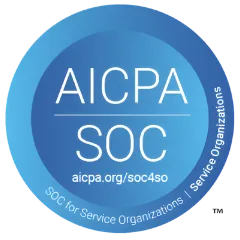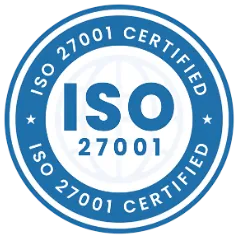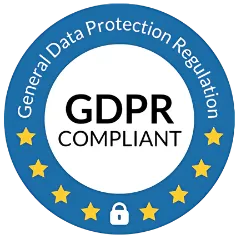As government agencies continue to grow and evolve, the need for effective asset tracking becomes increasingly important. Accurately tracking and managing assets can help agencies save time, reduce costs, and improve overall efficiency. One technology that is gaining popularity in the asset tracking space is Near Field Communication (NFC). In this blog, we will explore the benefits of using NFC for asset tracking in government agencies.
Near Field Communication, or NFC, is a wireless communication technology that allows two devices to communicate with each other when they are within close proximity, typically within a few centimeters. NFC tags, which are small, passive devices that contain an integrated circuit and an antenna, can be affixed to assets to allow for easy tracking and management. When an NFC-enabled mobile device is brought near an NFC tag, it can read and write data to the tag, providing instant access to critical asset information.
What is Asset Tracking?
Asset tracking is the process of monitoring and managing an organization's physical assets, such as equipment, tools, vehicles, and other movable property. Effective asset tracking provides real-time visibility into an organization's asset inventory, enabling better decision-making, improved maintenance and repair processes, and increased asset utilization.
What is NFC?
Near Field Communication (NFC) is a wireless communication technology that allows two devices to exchange information when they are within a few centimeters of each other. NFC is widely used for contactless payments and data transfer in mobile devices, but it can also be utilized for asset tracking. NFC tags, which are small, passive devices that contain an integrated circuit and an antenna, can be affixed to assets to allow for easy tracking and management. NFC-enabled mobile devices can then be used to read and write data to the tags, providing instant access to critical asset information. NFC offers several advantages over other asset tracking technologies, including ease of use, cost-effectiveness, and flexibility.
What are the different techniques to track an asset?
There are several techniques used to track assets in different industries, including barcode scanning, RFID (Radio Frequency Identification), GPS (Global Positioning System), and NFC (Near Field Communication). Barcode scanning involves using a scanner to read a barcode on the asset, which then links to a database containing information about the asset. RFID uses radio waves to automatically identify and track tags attached to assets, and GPS uses satellite signals to track the location of assets in real-time. NFC technology allows for contactless communication between devices and NFC tags, providing an efficient and cost-effective way to track assets. Each technique has its unique advantages and disadvantages, and the choice of asset tracking method depends on the specific needs of the organization and the types of assets being tracked.
The Benefits of Using NFC for Asset Tracking in Government Agencies:
- Enhanced accuracy: NFC technology offers highly accurate asset tracking data, which is crucial for government agencies to manage their assets efficiently. This helps in preventing asset loss, theft, or misplacement.
- Faster data collection: NFC allows for quick and easy data collection, reducing the time and effort required to track and manage assets. This makes it easier for government agencies to keep track of their assets, especially in high-volume environments.
- Cost-effective: NFC technology is relatively inexpensive compared to other asset tracking technologies such as GPS or RFID, making it a cost-effective solution for government agencies with limited budgets.
- Secure data transmission: NFC technology uses secure and encrypted communication protocols, ensuring the confidentiality and integrity of the asset data being transmitted. This is essential for government agencies that handle sensitive or confidential information.
- Improved asset maintenance: NFC technology allows government agencies to track the maintenance and repair history of their assets, ensuring that they are kept in good working condition. This helps to prevent costly repairs and replacements, improving overall asset performance.
- Real-time tracking: NFC technology enables real-time tracking of assets, providing accurate and up-to-date information about the location and status of assets. This allows government agencies to respond quickly to any issues or emergencies, improving overall asset management.
- Environmental benefits: NFC technology is an environmentally-friendly option for asset tracking, as it does not require the use of batteries or other hazardous materials. This helps government agencies to reduce their environmental impact and meet sustainability goals.
Overall, NFC technology offers several benefits for government agencies looking to track and manage their assets efficiently, accurately, and cost-effectively.
Also Read: Government Asset Management for Better Operations
Conclusion
In conclusion, the use of NFC for asset tracking in government agencies has numerous benefits over traditional asset tracking methods. The ability to capture and transmit data in real-time, the convenience of touch-and-go tracking, and the enhanced security features make it an attractive option for government agencies. With the implementation of an NFC-based asset tracking system, government agencies can improve their operational efficiency and productivity, reduce errors, save time and money, and increase their overall security posture. Asset Infinity, an asset management software provider, offers a comprehensive asset tracking solution that leverages the power of NFC technology to provide real-time tracking, detailed reporting, and proactive maintenance capabilities. By adopting Asset Infinity, government agencies can streamline their asset management processes and ensure that their assets are tracked and managed efficiently.



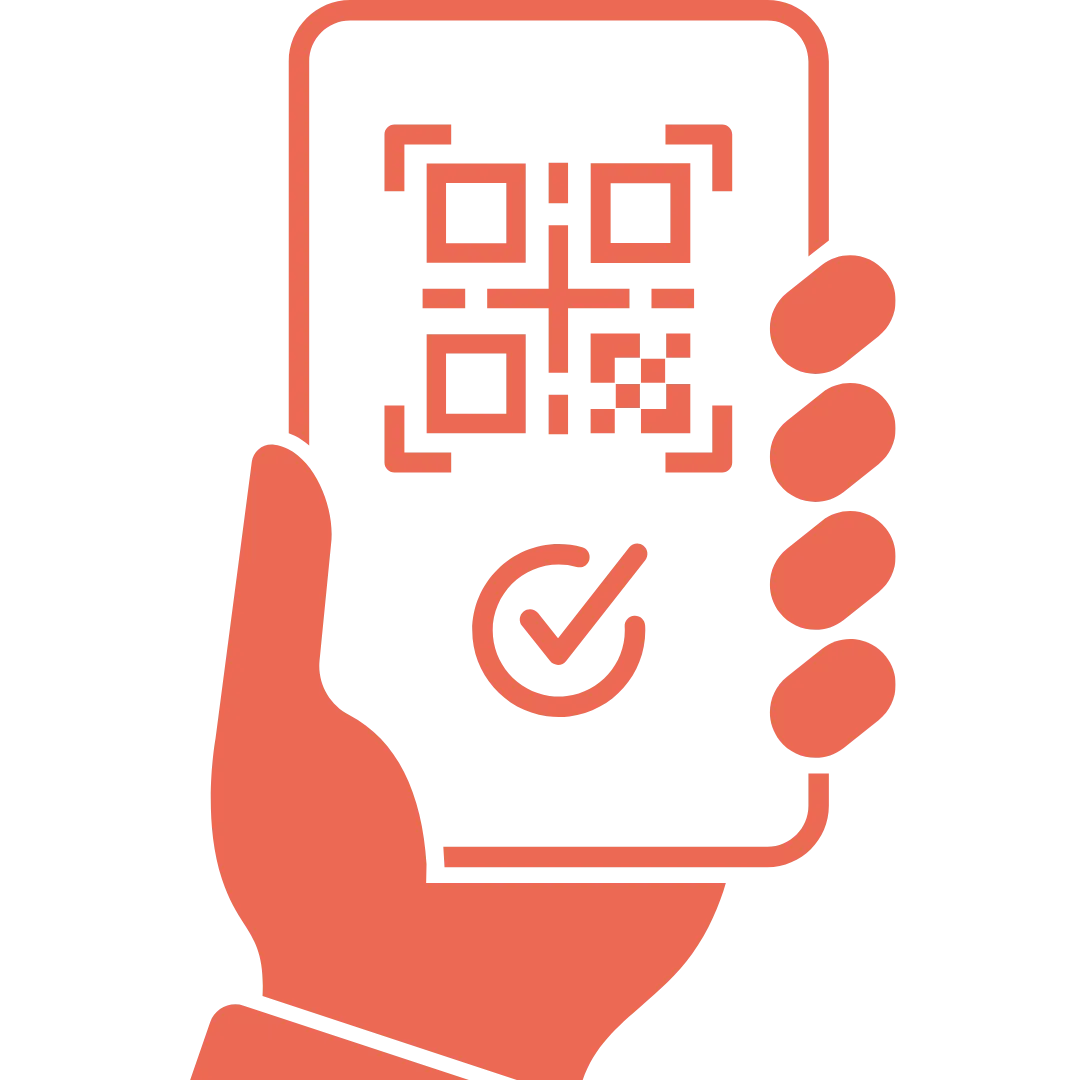








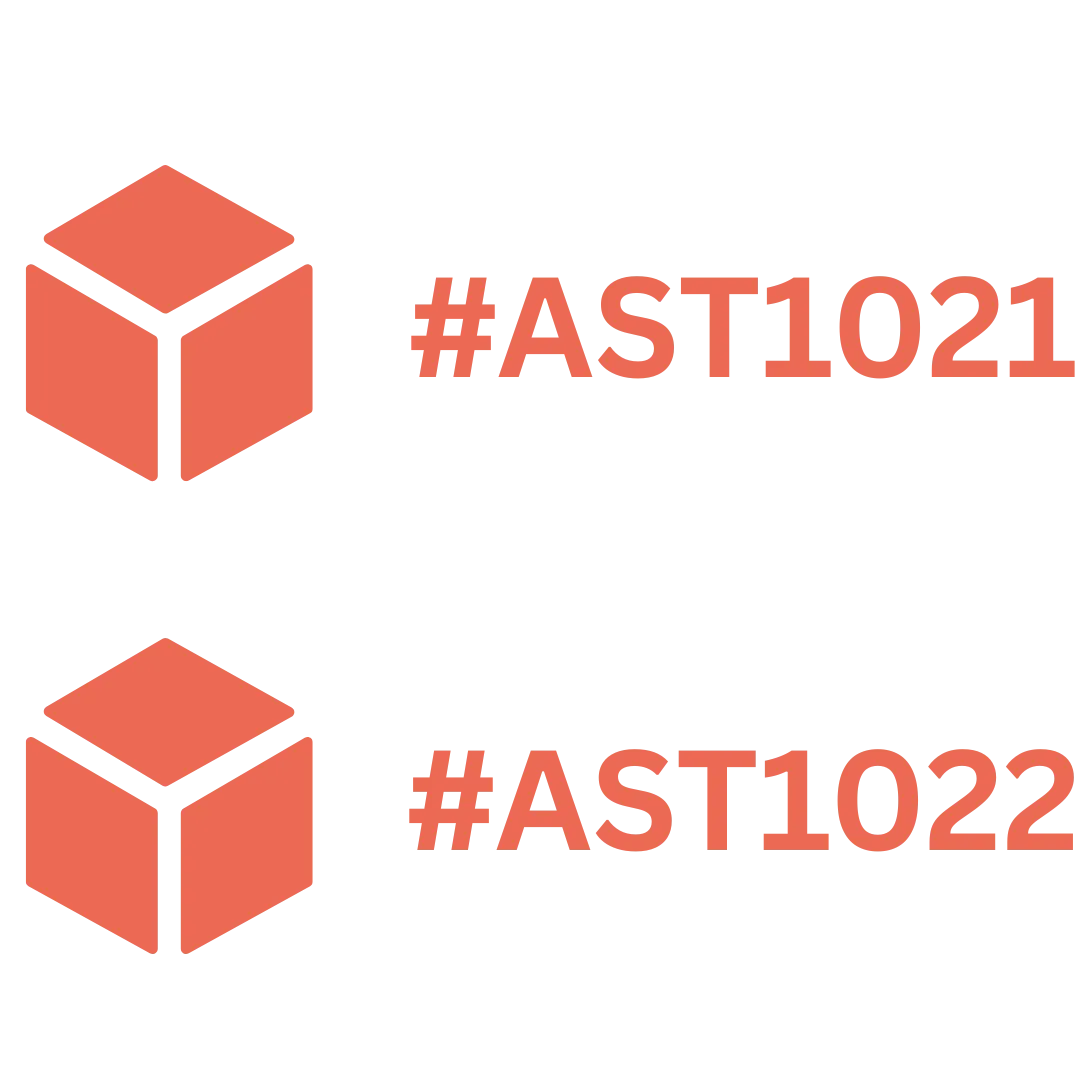





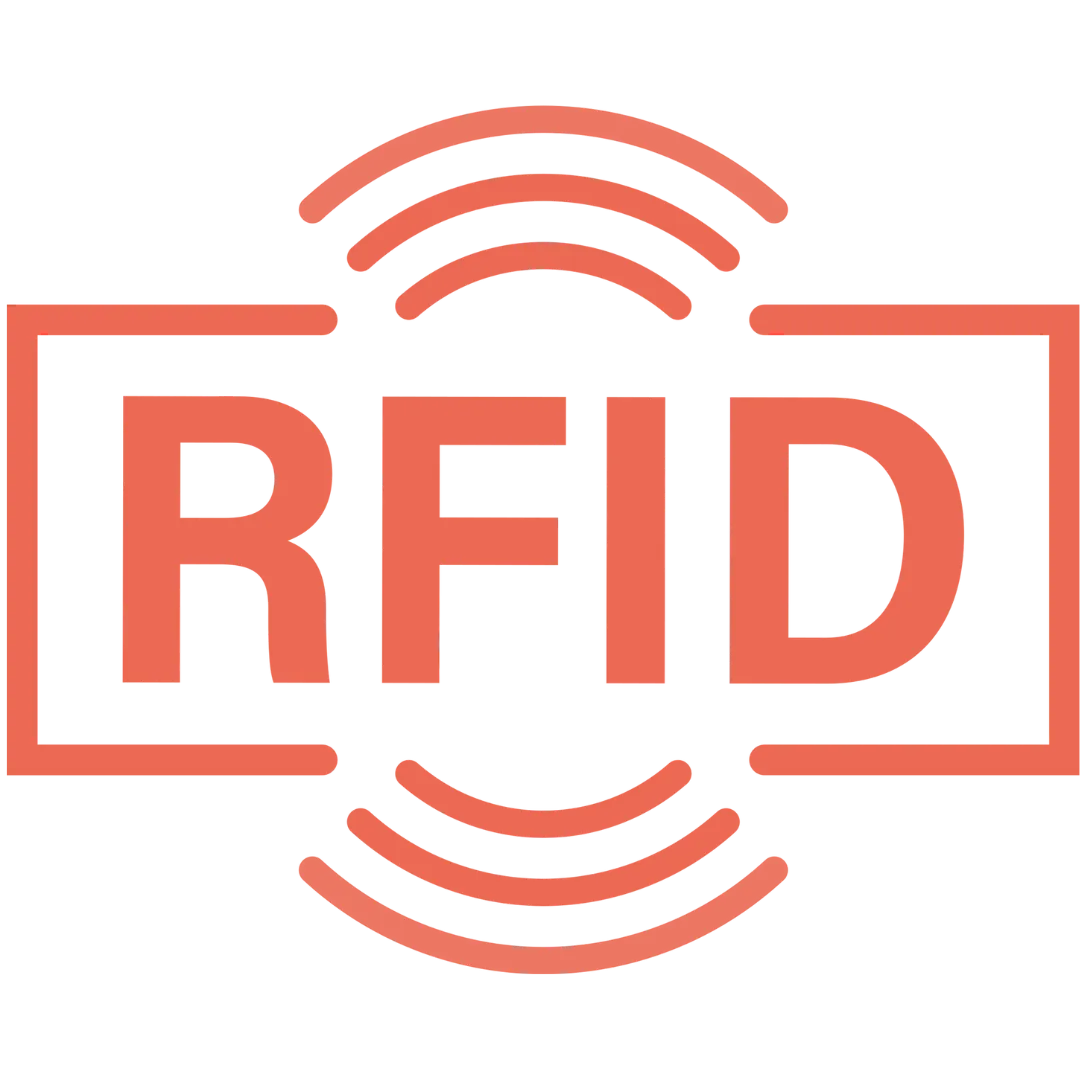

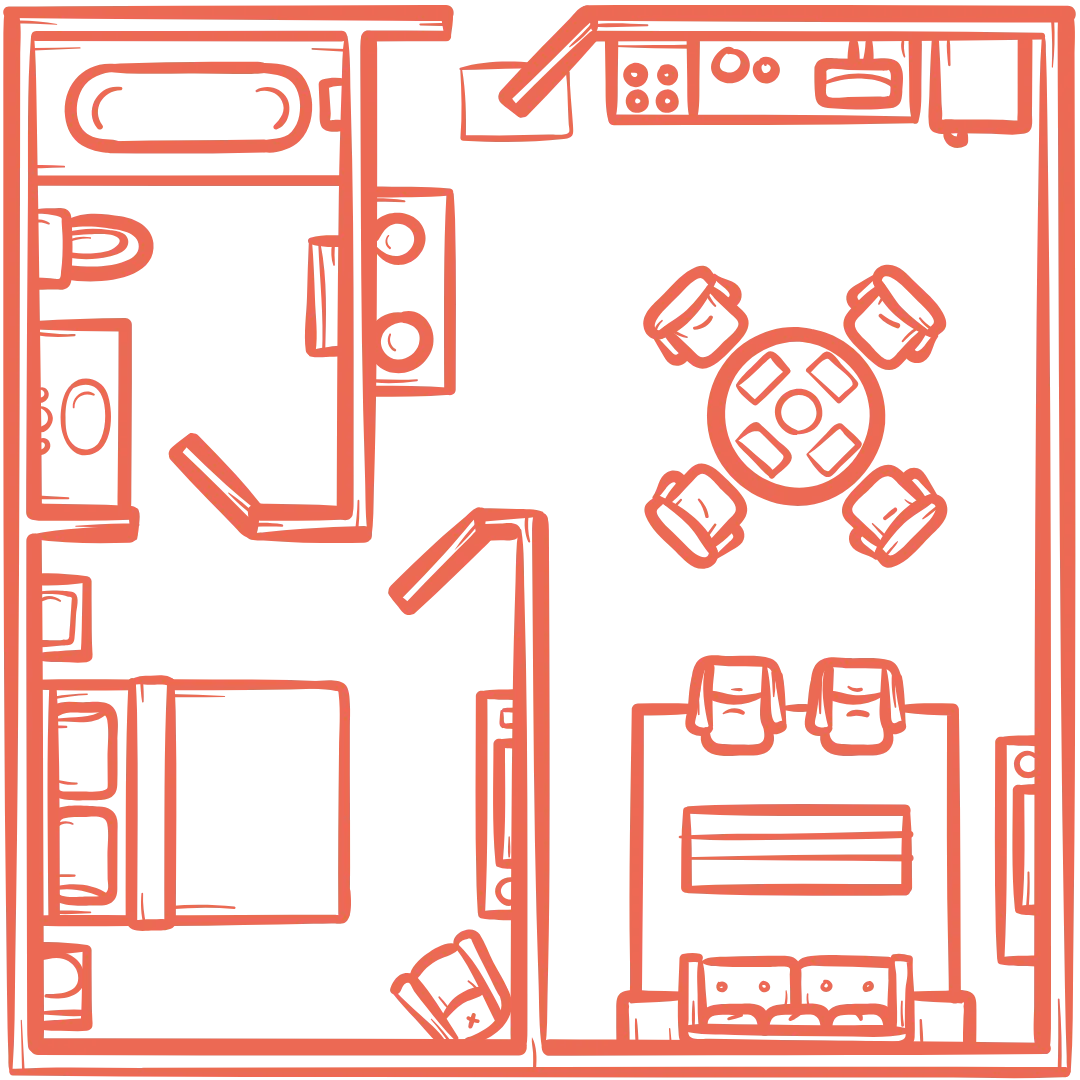




























.webp)
.webp)
.webp)
.webp)
.webp)
.webp)
.webp)
.webp)
.webp)

.svg)




.webp)
.webp)











































.png)

.webp)

















